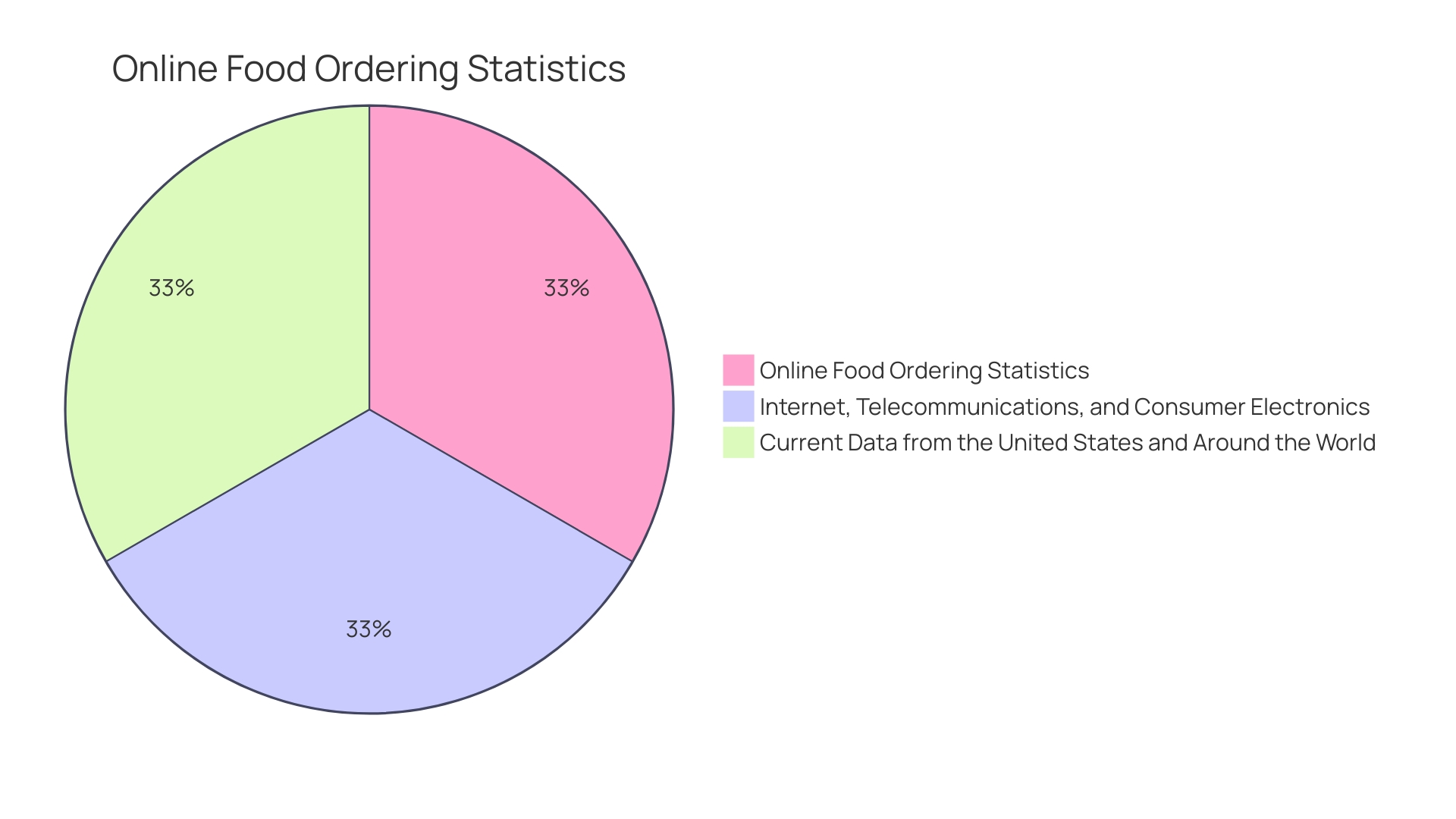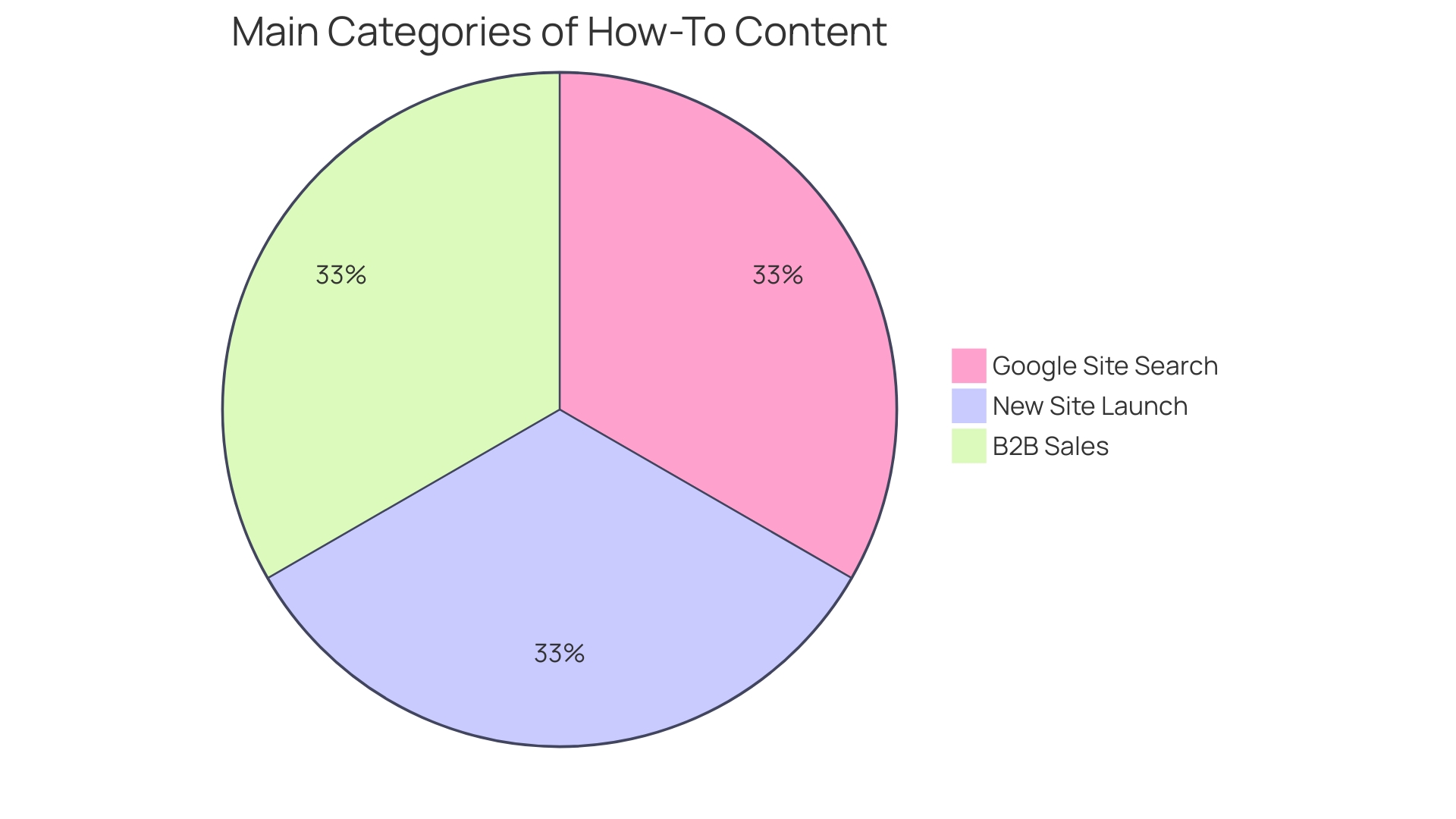Introduction
Understanding the world of condiment cups is essential for catering events, operating food services, or organizing your home space. In this article, we will explore the different types of condiment cups available, the materials used to make them, the sizes and capacities they come in, and the benefits of using disposable condiment cups. Whether you’re looking for convenience, sustainability, or creative customization, we’ve got you covered.
Join us as we dive deeper into the world of condiment cups, offering practical advice and solutions for your condiment needs.
Types of Condiment Cups
Understanding the array of condiment cups available is crucial whether you’re catering an event, operating a food service, or organizing your home space. Let’s explore the diverse selections at your fingertips.
Disposable Plastic Cups: These are a go-to choice for their lightweight, cost-effective features, perfect for single uses. You’ll find them at various venues, including fast food outlets and picnics. They’re the epitome of convenience and help manage the flow during high-demand occasions.
Compostable and Eco-friendly Cups: With sustainability at the forefront, these cups are crafted from bioplastics or plant fibers, designed to decompose naturally. This option is increasingly favored as it helps reduce plastic waste, aligning with the eco-conscious movements within the industry.
Customizable Cups: Offering a canvas for creativity, these cups can be tailored with logos or messages, turning a simple container into a marketing tool. It’s a strategy that can significantly enhance brand recognition and customer experience.
Reusable Cups: A nod to durability and sustainability, reusable cups made from materials like stainless steel or glass are becoming more prevalent. They are a testament to the shift towards more environmentally responsible practices in both personal and professional settings.

Materials Used in Condiment Cups
Dive into the world of condiment cups, and you’ll discover a spectrum of materials each tailored to match different needs and impacts. With plastic reigning as a go-to for its cost-effectiveness and convenience, these cups, often crafted from polypropylene or polystyrene, offer durability despite their single-use nature. Yet, it’s crucial to consider their environmental toll, as they can linger for centuries post-disposal.
Enter bioplastics, the eco-friendlier cousins, born from renewable sources like cornstarch or sugarcane. These cups break down organically, sidestepping the release of toxins, and they’re winning over eco-conscious hearts and operations. Paper and cardboard options, meanwhile, cater to hot servings with their lightweight, inexpensive, and disposable design, albeit typically lined with plastic or wax to combat leaks.
For a lasting solution, stainless steel condiment cups present a robust, easy-to-clean alternative that’s both eco-forward and adept at handling diverse temperatures. Their reusability is a nod to sustainable practices, aligning with a global shift towards minimizing waste.
The materials narrative extends to sachets—single-use packets that serve up convenience but at an environmental cost. With origins in addressing needs in emerging markets, sachets have unfolded into a pollution predicament. Their multi-layered makeup, involving plastics and other materials, challenges recyclability and magnifies their footprint, a concern echoed by industry experts advocating for systemic change.
SIG and MISTA are pioneering this change, redefining packaging by aligning innovation with sustainability. Their collaborative efforts emphasize creating packaging solutions that resonate with consumer needs while fostering a net positive impact on our ecosystem.
In the backdrop of such innovation and consumer awareness, the choice of condiment cup materials is more than a trivial decision. It’s a reflection of our environmental stewardship and a commitment to the health of our planet and communities. As we navigate our options, we’re reminded by the experts that every material has its story, its use, and its consequence—a narrative we’re all a part of shaping.

Sizes and Capacities Available
Dip into the world of condiment cups, where size truly matters in delivering the perfect portion of your favorite sauces and dips. Starting small, the 1-2 oz cups are the quintessential partners for individual servings of classic condiments like ketchup, mustard, and mayonnaise, a staple in bustling fast food joints and takeout spots.
Scaling up, 2-4 oz cups are the go-to for a tad more zest, ideal for those delectable dipping sauces, salad dressings, or cozy sides that just need that extra dip. They’re the unsung heroes at your local diner, where every dunk of a fry into that savory sauce counts.
For those generous dollops and hearty spreads, 4-8 oz cups step onto the scene. These larger vessels cater to the shared experiences at food trucks, catered events, or when you’re simply passing the salsa around the table at a family barbecue.
And when the occasion calls for a communal feast, the 8+ oz cups are there to hold the fort. These are for when the nachos are piled high, and the crowd is hungry—a communal hub for dips that turns a meal into a feast.
From a scoop of guacamole to a pool of sweet chili, condiment cups are the unsung heroes that complete our culinary adventures, one dip at a time.
Benefits of Using Disposable Condiment Cups
Embracing disposable condiment cups brings a handful of benefits to the table that cater to efficiency and hygiene. These one-time-use heroes not only make portioning a breeze, ensuring that every dollop of ketchup or dressing is consistent, but they also cut down on the mess and stress of cleanup. Imagine a bustling food service venue where every second counts; these cups are the unsung allies in the quest for swift service.
On one hand, we have Momofuku Ando’s invention of Cup Noodles, a triumph of convenience that revolutionized how we consume instant food. Similarly, disposable condiment cups are testament to our love for quick solutions. And just as Ando’s products evolved, with Nissin’s Cup Noodles vending machines, today’s condiment cups are also on a trajectory towards innovation, especially in sustainability.
Take Heinz’s new ketchup cap, for example. Its mono-material design simplifies recycling, addressing the recycling challenges of mixed materials. It’s an inspiring shift, reminiscent of the improvements in sustainable packaging that industrial CT has enabled.
This technology allows for meticulous design refinements, marrying innovation with environmental stewardship, a principle that’s increasingly important in disposable product design.
Meanwhile, the news from India where Mohammed Azhar Mohiuddin’s company Bio Reform is creating a plastic-like carrier bag from sugar, cellulose, and corn fibers shows the potential for sustainable alternatives in the disposables market. It’s a reminder that the desire for convenience doesn’t have to compromise our commitment to the planet.
These steps towards sustainability are echoed in the bold move by Starbucks, aspiring to phase out disposable cups by 2030. This significant pivot towards reusability signals a broader trend in the industry and a growing consumer consciousness.
While disposable condiment cups are undeniably convenient and cost-effective, it’s clear that the future of these products lies in sustainable innovation. By taking cues from advancements across industries, businesses can meet the need for convenience without sidelining environmental responsibility.
Conclusion
Condiment cups are crucial for catering events, food services, and home organization. In this article, we explored the different types of cups, materials used, sizes, and the benefits of disposable options.
Disposable plastic cups offer convenience and cost-effectiveness. Compostable cups made from bioplastics or plant fibers are increasingly favored for their sustainability. Customizable cups serve as marketing tools, while reusable cups made from stainless steel or glass align with eco-conscious practices.
Plastic cups are durable but environmentally concerning. Bioplastics provide a more eco-friendly alternative. Paper and cardboard cups are lightweight and disposable, often lined with plastic or wax.
Stainless steel cups are durable, easy to clean, and sustainable.
Condiment cups come in various sizes to suit different needs. Smaller cups are perfect for individual servings, while larger ones cater to shared experiences and communal feasts.
Disposable cups offer efficient portioning and easy cleanup, ideal for fast-paced food service venues. The industry is making strides towards sustainability with innovations like mono-material designs and sustainable alternatives.
Understanding condiment cups helps us make informed choices aligned with our values. By choosing the right cups, we contribute to a healthier planet. Let’s consider convenience, sustainability, and customization in our cup choices for a more environmentally conscious future.
